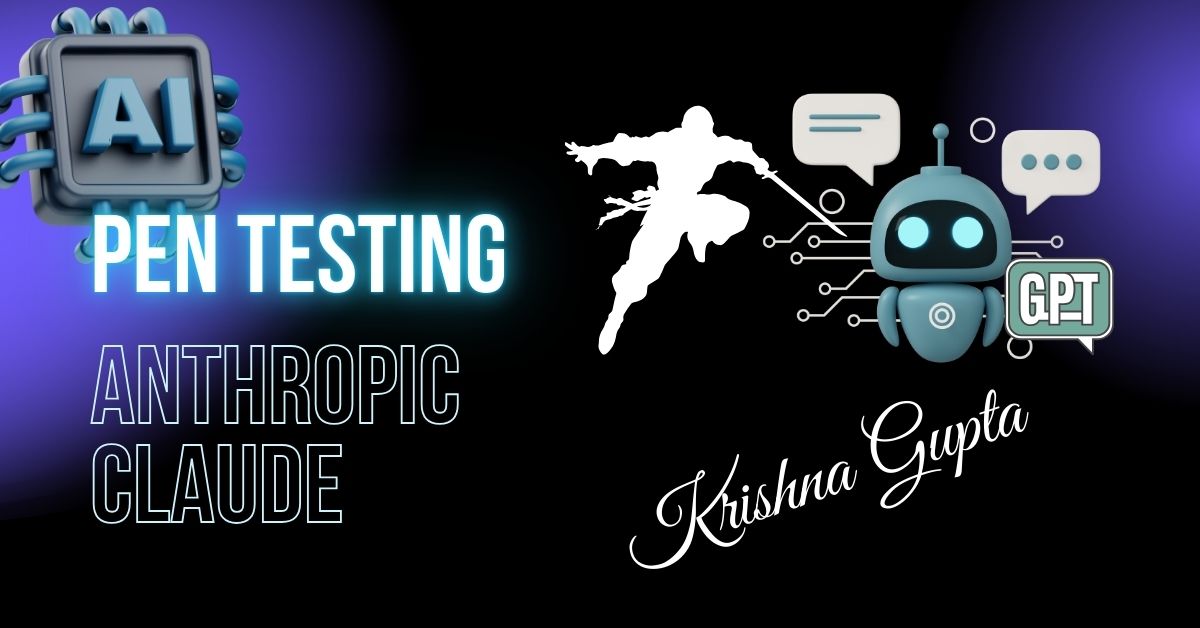Penetration Testing Anthropic: Securing the Future in an Era of Advanced Cybersecurity Threats
**Penetration Testing Anthropic** combines traditional penetration testing methods with a more nuanced understanding of human behaviour, cognitive psychology, and artificial intelligence (AI). The term “anthropic” refers to anything that relates to human beings or human perspectives, and in this context, it highlights the critical role human elements play in both security and attack strategies.
While traditional penetration testing often focuses on exploiting technical vulnerabilities in systems, Penetration Testing Anthropic goes beyond these boundaries by considering how human behaviours—both of attackers and defenders—can influence the outcome of a cyberattack. This includes social engineering tactics, cognitive biases, organisational culture, decision-making processes, and the integration of AI and machine learning into attack and defence mechanisms.
This approach represents a shift from purely technical penetration testing to a more comprehensive model that accounts for the psychological, social, and technological aspects of cybersecurity.


